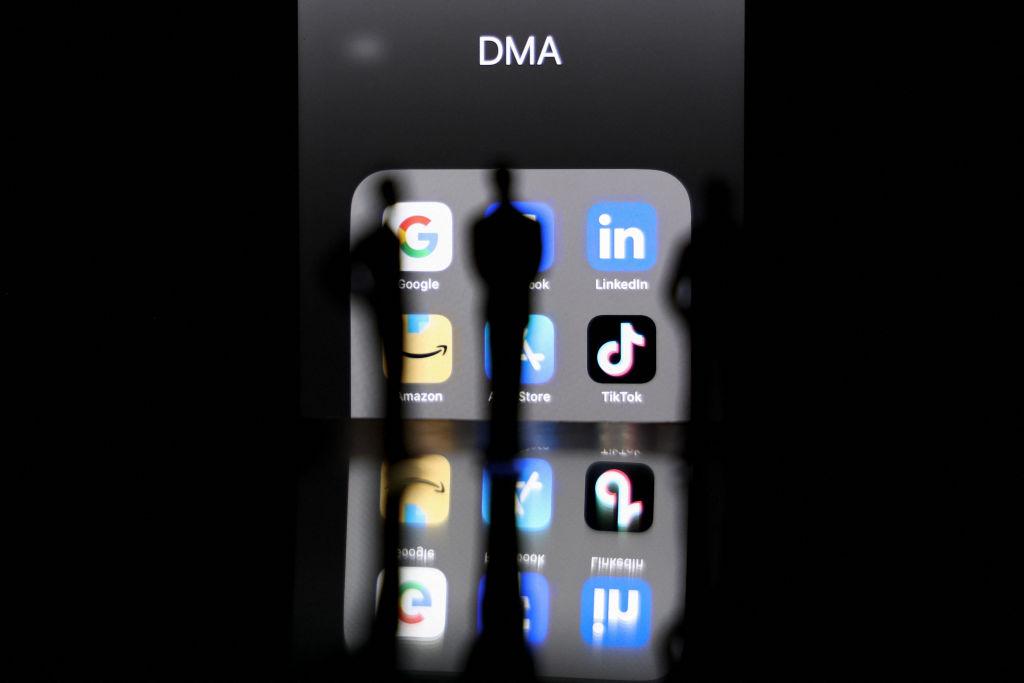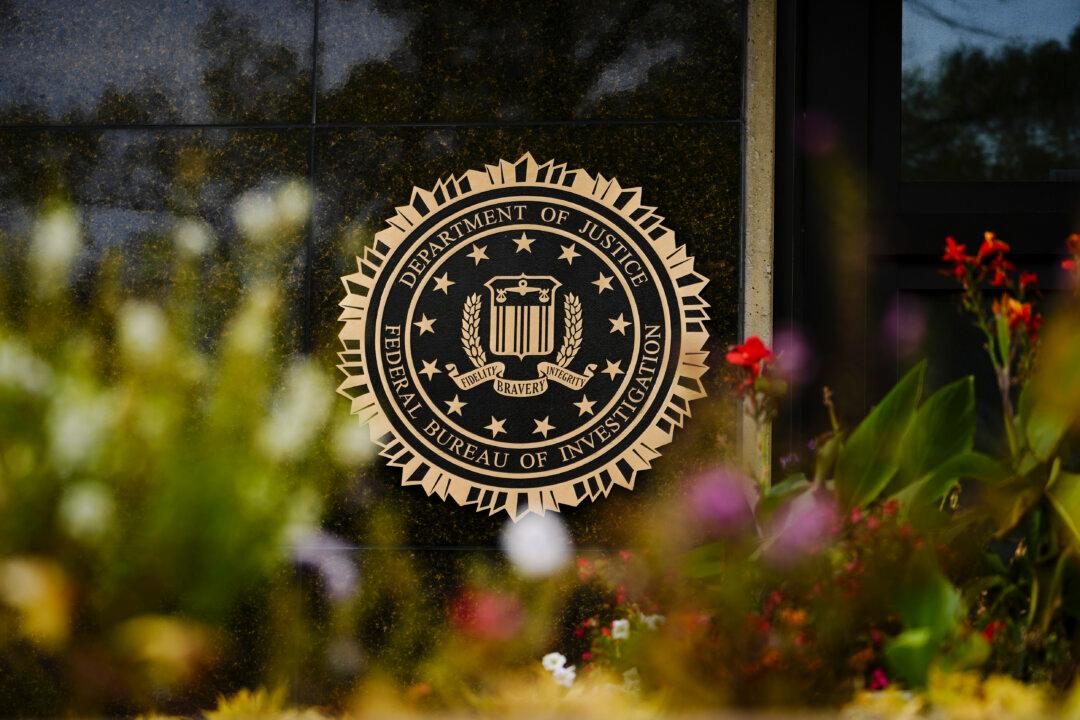Each person is endowed with a unique set of characteristics that define him or her, with fingerprints and eye scans being the most commonly used methods of biometric identification. Now scientists have come upon another way through which a person, including his ethnicity, can be classified. As every smile is precious, every mouth, it has been proven, is unique. The microbial cocktail that thrives in the mouth cavity is different for everyone.
This study, undertaken by the University of Ohio, has also concluded that each ethnicity has a different oral bacterial composition. Following the results of this study, oral treatment, which has until now been basically the same for everyone, could be more specialized in the future, thereby increasing its effectiveness.
The study of 100 people from four ethnicities—African American, Latino, Caucasian, and Chinese—found that approximately 400 unique bacterial species exist in the mouth, out of which only 2 percent were similar in everyone who participated. About 90 percent of the individuals had 8 percent shared between them. Bacteria were taken from tooth surfaces, saliva, and under the gums.
The press release by the university stated that researchers found that “each ethnic group in the study was represented by a ‘signature’ of shared microbial communities.”
“This is the first time it has been shown that ethnicity is a huge component in determining what you carry in your mouth. We know that our food and oral hygiene habits determine what bacteria can survive and thrive in our mouths, which is why your dentist stresses brushing and flossing. Can your genetic makeup play a similar role? The answer seems to be yes, it can,” says Purnima Kumar, associate professor of periodontology at The Ohio State University and senior author of the study, in the press release.
Furthermore, the researchers constructed an algorithm that predicted individual ethnicities, which was right 62 percent of the time. African Americans, however, were identified with 100 percent accuracy.
The findings shed light on why some ethnicities like African Americans and Latinos are more prone to gum disease.
“The most important point of this paper is discovering that ethnicity-specific oral microbial communities may predispose individuals to future disease,” Kumar said.
Only about 40 percent of the bacteria in the mouth has ever been identified and studied, mainly because they don’t grow well in laboratory conditions. The bacterial species were classified by sequencing their DNA.
“Nature appears to win over nurture in shaping these communities,” Kumar noted in the study.
The group had already recognized the adverse effects some substances like tobacco have on the oral cavity. Smoking disrupts the healthy microbial community, causing infections ranging from cavities to oral cancer. The study also suggests dispositions toward certain diseases among different ethnic groups.
The trillions of invisible bacteria that make our bodies their home have not yet been fully studied by scientists. These organisms affect our bodies in many significant ways, telling a lot about a person including their health, intake of fat, allergies, and reactions to certain external elements.
The study, published in the journal PLOS ONE, was supported by the Ohio State University College of Dentistry and the National Institute of Dental and Craniofacial Research.
Oral Bacteria Define Ethnicities
|Updated:




